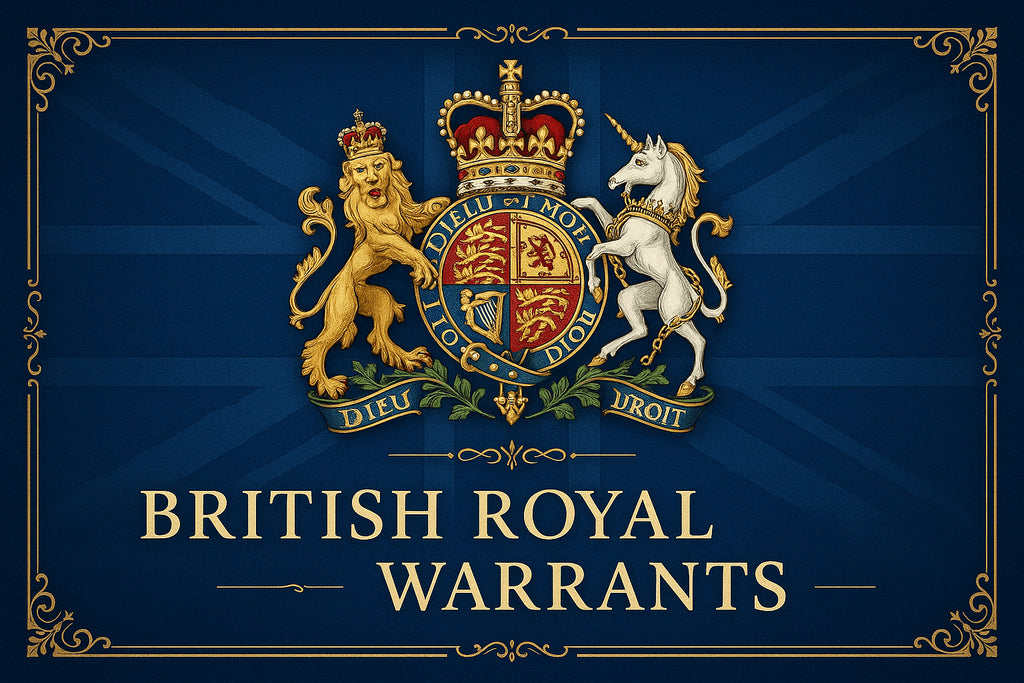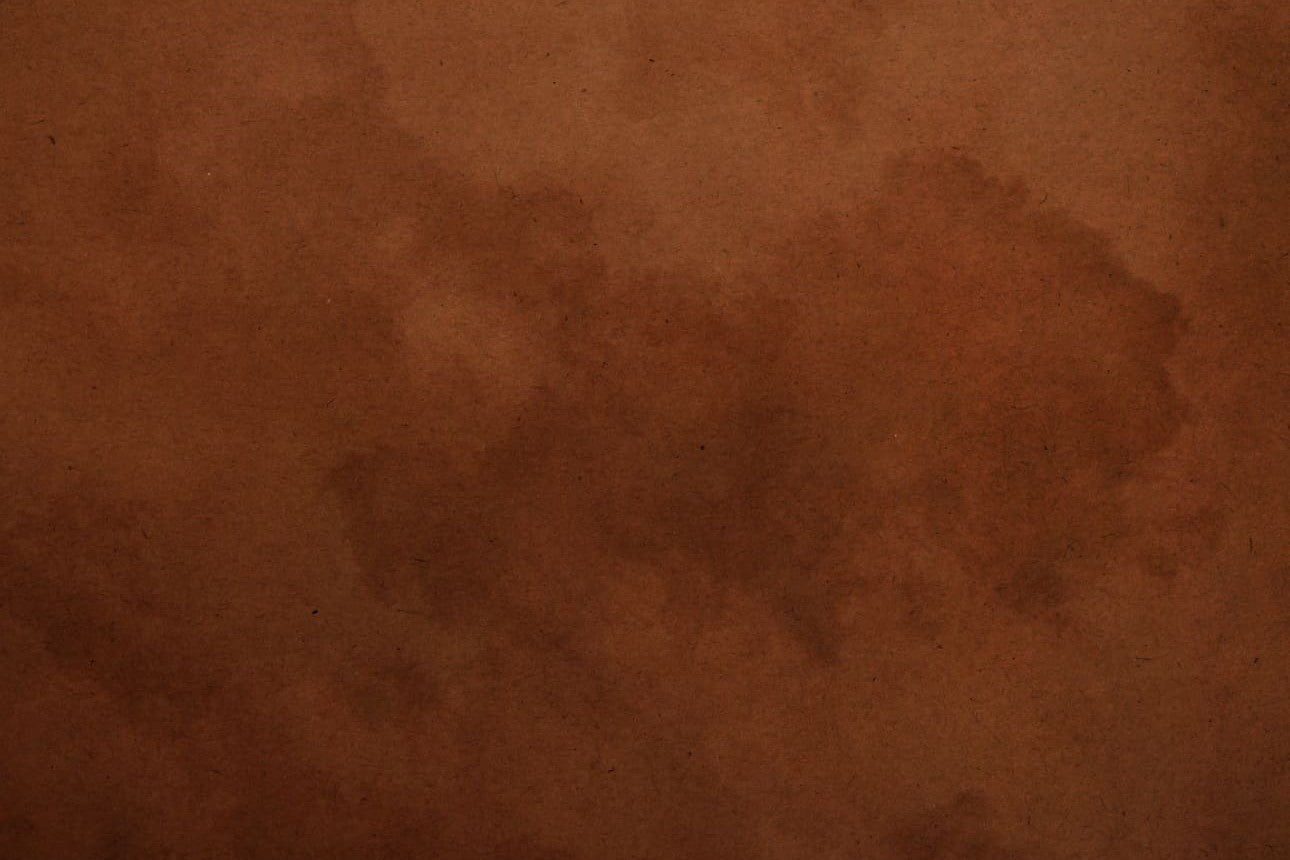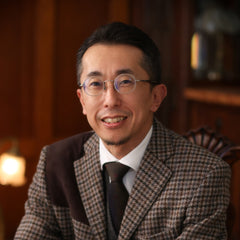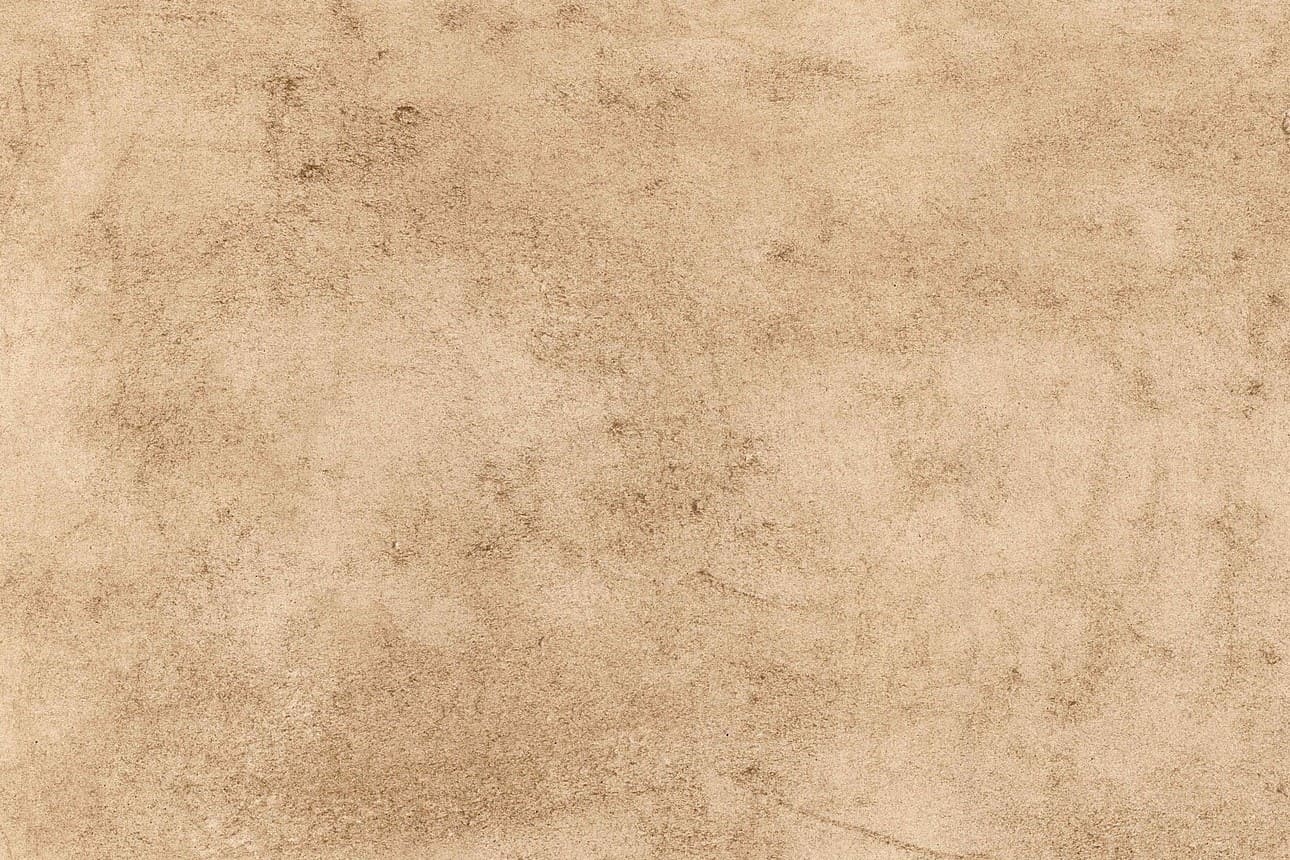British Royal Warrant
Posted by WATANABETAIGA

In the UK, there is a system called a "Royal Warrant" that is awarded to companies and organisations that provide goods or services to the British Royal Family.
Japan also had a system of purveyors to the Imperial Household and the Imperial Household Agency, but these were abolished in 1954.
It is a system that has existed since the 15th century and is still in place today, and when researching British antiques you will often see the term "Royal Warrant".
In this article, we will explain the contents of the British Royal Warrant, its history, and representative manufacturers.
1. What is a Royal Warrant?
A Royal Warrant is a highly prestigious title given to businesses that supply goods or services to the British Royal Family.
This is more than just a trademark; it means that the company and its products and services are of high quality, trustworthy and royally endorsed.
Achieving this title is the highest honour a British company can receive and allows them to proudly display the Royal Coat of Arms on their products and in their stores.
For example, when walking around London, you can see the royal coat of arms quietly but proudly displayed in front of long-established department stores and tailors.

(Queen Victoria's Royal Warrant badge)
There are very strict criteria to be awarded this title.
Firstly, companies seeking the award must have a track record of consistently supplying goods or services to the Royal Family for at least the past five years.
The quality must always be of the highest standard - it's not just a one-off supply - but also rigorously reviewed for ethical business practices, employee welfare and environmental friendliness.
For example, companies are being asked to fulfill the responsibilities that modern society demands of them, such as whether they are practicing sustainable procurement and engaging in fair trade.
Only after passing these multifaceted inspections are brands recognized by the Royal Family as "supplied by the Royal Household."
The Royal Warrant is proof that a company has absolute confidence in the quality of its products and services and also fulfills its social responsibility.
Therefore, items that have been granted the Royal Warrant are not just beautiful but also have a proven quality and reliability behind them.
This is one of the important criteria when choosing antiques.
Even if an item was made in the old days, if it was made by a company that held a Royal Warrant, you can be sure that it is of guaranteed quality.
2. History of the Royal Warrant
The British Royal Warrant has origins dating back to the Middle Ages.
At that time, monarchs selected suppliers of goods and services necessary to support life at court, granting them exclusive rights, tax exemptions and other privileges - this was the origin of the modern Royal Warrant.
For example, butchers, bakers, tailors and other craftsmen who supported the daily life of the court were highly valued as contractors directly under the king.
The oldest known Royal Warrant in existence dates back to the 15th century, when King Henry VI granted a Royal Warrant to his royal barber.
This is an example of how the royal family of the time paid attention to the details of everyday life.
It is said that the current Royal Warrant system first took on a form similar to that of King George III in the 18th century.
From this time onwards, suppliers to the Royal Family were permitted to display indications such as "By Royal Appointment."
This allows the general public to tell at a glance which companies are approved by the Royal Family, creating a kind of brand power.
In the 19th century, under the reign of Queen Victoria, many businesses developed with the progress of the Industrial Revolution and the market economy expanded greatly.
During this period, the Royal Family came to be seen as a symbol of national prosperity, and the title of Royal Warrant holder became a huge publicity boon for companies.
As a result, the awarding of Royal Warrants began in earnest, and many companies obtained Royal Warrants and their products became widely known around the world.
During the reign of Queen Victoria, the number of Royal Warrants awarded increased sharply in order to increase the brand value of British products, which were then known as the "factory of the world."
The company holds over 2,000 Royal Warrants, including one from Prince Albert, consort to Queen Victoria.
Modern Royal Warrants are awarded by either King Charles III or his Royal Consort (Camilla, Queen Elizabeth II).
Prince William is due to receive a royal charter from 2025.
Each of these Royal Families has the power to grant Royal Warrants at their own discretion for goods and services for their personal use.
When there is a change in royal family, any Royal Warrants previously awarded automatically expire, although there is a grace period.
For example, Royal Warrants granted by the late Queen Elizabeth II will remain valid for up to five years after her death, during which time they will need to be re-approved by the new King.
This system ensures that the Royal Warrant always serves as a reliable seal of approval from the Royal Family.
This rigorous renewal regime is essential to maintaining the prestige and value of the Royal Warrant.
3. Representative Royal Warrant Companies
There are a wide variety of companies that hold Royal Warrants, and they exist in all sorts of sectors, including food, clothing, automobiles, and tableware.
The reign of Queen Victoria (1837-1901) was the height of the British Empire, with many skilled craftsmen and companies competing with each other.
As the Royal Family's prestige grew, the Royal Warrant became a highly important badge of prestige for companies and was established as a symbol of quality and reliability.
Among the many companies that have been awarded Royal Warrants, we will introduce some representative ones that were active during the reign of Queen Victoria and are renowned in the world of British antiques.
Garrard
Founded in 1735, Garrard is one of Britain's oldest and most established jewellery houses, and is also renowned for its silverware.
Garrard is more than just a Royal Warrant holder.
In 1843, Garrard was appointed Crown Jeweler, responsible for the creation, care and maintenance of the Crown Jewels, the most important of the British Royal family's jewels, and for preparations for important ceremonies such as coronations.
For 164 years, until 2007, the organisation was responsible for producing and caring for many of the crown jewels of the monarchy.
Mappin & Webb
Mappin & Webb, founded in 1775 as a silverware atelier, was a brand that experienced great growth during the reign of Queen Victoria.
In 1897, the company became the first silverware brand to be awarded a Royal Warrant by Queen Victoria, and has since received commissions and appointments as suppliers to royal families around the world.
Its excellent quality has become representative of the UK, and in addition to silver tableware, the company now also produces jewelry and watches.
JW Benson
J.W. Benson was a British watch manufacturer that flourished from the mid-19th century to the early 20th century.
Not only did Benson manufacture their own movements, but they also took superior Swiss movements and fitted them into their own cases.
Antique J.W. Benson pocket watches are popular among collectors due to their history and connections to British Royalty.
Wedgwood
Wedgwood is a ceramics brand with a long history, dating back to 1759, and its products were also used by the royal family during the reign of Queen Victoria.
The particularly famous "Jasperware" was in line with the Victorian classical revival trend and was loved by many people.
Wedgwood has maintained its reputation as a supplier to the Royal Family for a long time by consistently incorporating innovative technology and design while maintaining the highest quality standards.
Mintons
Minton is a leading British ceramics manufacturer founded in 1793 by Thomas Minton.
Their superior craftsmanship and artistry was recognised early on, and in 1856 they were awarded a Royal Warrant by Queen Victoria.
Queen Victoria is said to have confidently chosen Minton pottery as a diplomatic gift, a testament to its high quality.
Royal Crown Derby
Founded around 1750, the company was awarded the title of "Crown" by King George III in 1775, and then the title of "Royal" by Queen Victoria in 1890, making it the only porcelain manufacturer to bear both the royal titles of "Royal" and "Crown".
The titles "Royal" and "Crown" are separate from a Royal Warrant, which is a title that gives a company or organisation permanent permission to use the prestigious title "Royal" in its name.
It is a more prestigious title than a Royal Warrant and means the company is recognised as part of the British national heritage and symbol.
summary
The Royal Warrant is more than just brand status; it is proof of the high quality, reliability and tradition of the products and services.
This is because it is the most concrete proof that the British Royal Family, one of the world's longest-standing royal families, recognizes the value and excellence of the item.
The Royal Warrant is also a closely related topic when it comes to understanding British antiques.
Learning about the history and stories of the manufacturer, such as their background and how members of the royal family used their products, will help you gain a deeper understanding of the manufacturer and the antique item.












伊東正臣 On
今晩は、夜分恐れ入ります。毎回 ブログを御送り頂き、有り難う御座居ます。何時も、楽しく拝見して居ります。此れからも、宜しく御願い致します。改めまして 本当に有り難う御座居ました。此の辺りで失礼致します。